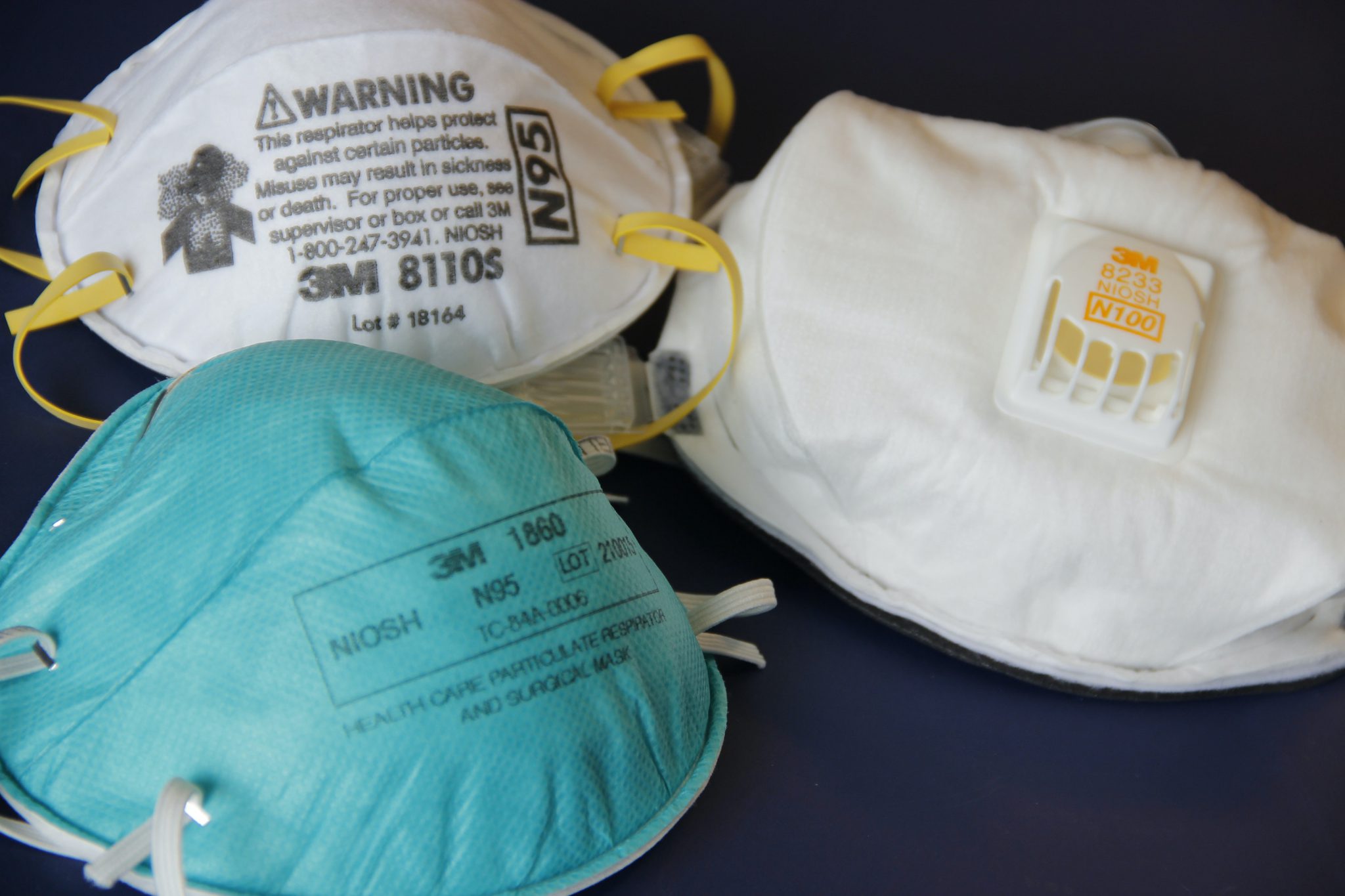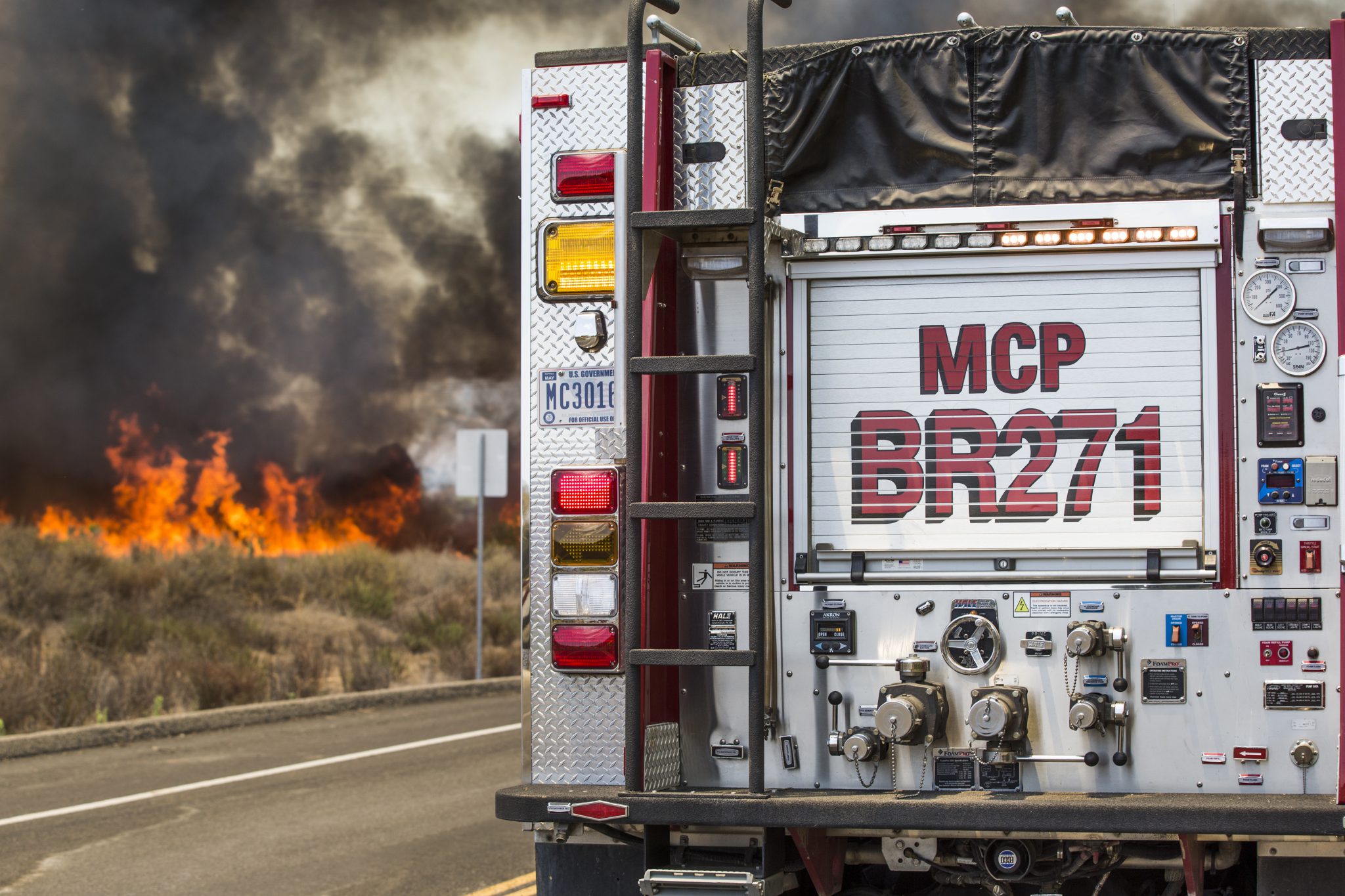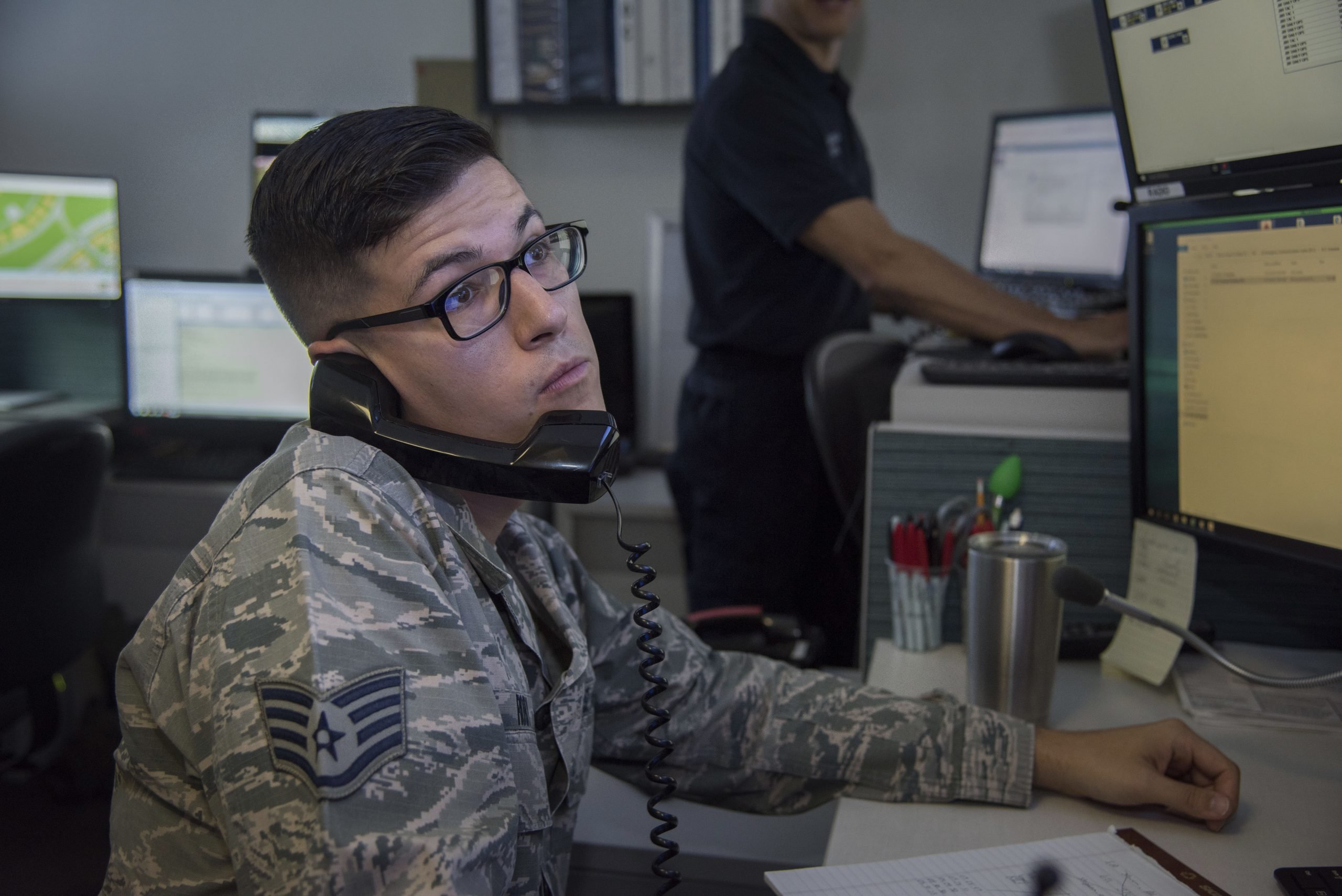- by tgreenan
-
May 18, 2020
First responders rely on a wide variety of tools to maintain public well-being. In addition to physical resources like maps, radios, or personal protective equipment (PPE), responders use conceptual frameworks to help them make important decisions during an incident. One of the most important conceptual tools in the realm of emergency management is situational awareness.
This tool not only supports responders during traditional incidents, like wildfires or hurricanes, but also plays a role in successful COVID-19 responses. This article will define situational awareness before discussing its utility in the fight against the coronavirus.
Defining situational awareness for emergency management
In the broadest sense, situational awareness refers to a perception of one’s environment and how it is likely to develop. This sense of awareness provides a framework for strategizing and deciding on future actions.
The concept, however, has been deployed differently across a wide set of fields and professions. Even within the context of emergency management, there are slightly different approaches for practicing situational awareness.
Rom Duckworth, a fire captain and paramedic EMS Coordinator at the Ridgefield (CT) Fire Department, provides one approach. As reported by EMS1, Duckworth outlines six steps for first responders to follow:
- Perceive the clues around you.
- Process them to develop a mental model.
- Predict what will happen if action is not taken.
- Decide on an action.
- Take action to mitigate the incident.
- Communicate and coordinate with other responders.
Another framework, explored in an article from Domestic Preparedness and developed by the authors of “Designing for situation awareness: An approach to user-centered design“, describes three layers that responders must implement together in order to achieve complete situational awareness.
- The first layer, perception, refers to an immediate understanding of the elements in the environment.
- The second layer, comprehension, refers to a more holistic construction of the situation that results in something like a mental model.
- The third layer, projection, refers to predictions about the future of the incident.
These two examples point to distinct ways of practicing situational awareness. Duckworth outlines a checklist of steps to be taken in a clear and linear order, whereas the authors of “Designing for situation awareness” argue that their three layers must be practiced alongside each other in order to actually aid with incident response.
But these examples also indicate a general alignment among public safety experts when it comes to their core focus:
Situational awareness for emergency management arises from building real-time and actionable mental models of an incident, which provide direction for incident response strategies.
Not only can these mental models increase response efficiency, but they can also help responders make life-or-death decisions in the midst of an incident by keeping them informed, reactive, and goal-oriented. These qualities make situational awareness a necessity for coronavirus response efforts.
When implemented as a decision making tool, situational awareness can help first responders’ efforts against COVID-19 in two ways:
- Managing coronavirus spread and damages, and;
- Advanced planning for peripheral threats that are made worse by the pandemic.
Applying situational awareness to COVID-19

Managing the coronavirus is no easy task. COVID-19 is an urgent threat unlike anything most responders have seen. The global scale of the pandemic, as well as the effect that social distancing has had on the resources of public safety agencies, have forced emergency managers to come up with new and often untested tactics.
The pandemic is also constantly changing: new strains of the virus, changes to protective policies in the United States and abroad, as well as the amount of research still to be done on the effects of the disease can all cause the success or failure of specific public safety measures.
The Seattle Fire Department has spent the last few months adapting to this uncertain dynamic. As reported by Government Technology, the department was one of the first to respond to COVID-19 in the United States and has developed best practices to maximize situational awareness since then.
Leaders in the department quickly implemented new procedures to maximize perception of the pandemic: they logged their PPE inventory, received permission from the state of Washington to conduct their own testing, and developed new dispatch procedures that allowed one or two firefighters at a time to check a person’s symptoms without immediately involving the rest of their team.
Additionally, data sharing was used to create greater awareness of the extent of the COVID-19 risk, with Seattle decision makers tracking coronavirus spread in surrounding counties and sharing FAQs to collect important information. This helped responders and decision makers situate new information within a more comprehensive model of the pandemic.
Most significantly, the Seattle Fire Department implemented their situational awareness by using all of this information to develop guidelines for future response efforts.
In an interview with Firehouse in early May, Seattle Fire Chief Harold Scoggins and Deputy Chief Ronald R. Mondragon were asked about the success of their pandemic response efforts. They explained that the department designated a COVID-19 planning group soon after their first involvement, which created a pandemic plan to determine future departmental operations.
The pandemic plan outlines PPE burn rates, explains how to deploy staff to prepare for future shortages, describes the conditions for requesting support facilities and resources from groups outside the department, and much more. Additionally, the department began issuing new training bulletins to responders every four to six days to account for the constantly changing nature of the pandemic.
As a result of their efforts, the Seattle Fire Department has been able to avoid the worst of the virus’ effects. By early May, the department had eight to 12 weeks of PPE reserves on hand and a resupply in process, sufficient hospital capacity to return support facilities for redeployment, and a comprehensive decontamination and testing system for department staff.
When asked about what other communities could learn from the Seattle department’s experiences, Scoggins and Mondragon both referenced the significance of pandemic plans. For Mondragon, the success of their plan was the most important takeaway.
Looking forward: Advanced planning for incidents in the new normal

Advanced planning can be difficult to think of as a priority right now. Much of the public is still coming to terms with the monumental scale of the pandemic and the new normal that comes with it; with so much change, planning for power shutoffs or hurricane season can feel like an unwelcome distraction.
However, these peripheral threats have the potential to develop into full-blown crises that can make the effects of COVID-19 even worse. An evacuation shelter for a natural disaster is the perfect storm of contamination risks, and the tenuous nature of the global economy means that any incident will drain emergency management funds even further.
The new normal of the coronavirus is forcing public safety experts to reexamine their plans for every type of incident response, and situational awareness has become more important than ever.
Through data collection and information sharing, public safety agencies like the Seattle Fire Department have developed more nuanced mental models for describing the spread and effects of the pandemic. This has, in turn, allowed experts to start testing new practices to respond to traditional risks.
Fire departments have already begun preparing for what they predict will be a particularly devastating fire season. As noted in an NPR report, important preventative practices for COVID-19 are often at odds with the reality of responding to a major incident.
During a major disaster, response teams will set up centralized camps near the incident to provide food, water, and a place to rest for responders, according to NPR. It would be next to impossible to maintain social distancing the way these camps have been organized in the past, and expanding them requires resources and funds that are already stretched thin.
By recognizing this threat early on, decision makers have begun to test different solutions to minimize risks to responders while allowing them to do their jobs. Federal officials are developing guidance plans, while local leaders are exploring solutions like replacing huge fire camps with multiple smaller sites or housing incident crews in vacant hotels.
In other cases, once-minor concerns have become substantial risks that require new solutions altogether.
For example, a joint alert from the US Cybersecurity and Infrastructure Security Agency (CISA) with the United Kingdom in early April warned of increased actions by malicious cyber actors using coronavirus-related information. Independently, Security Week found that, over the month of April, remote desktop protocol (RDP) attacks increased from several hundred per day in most countries to nearly 1 million attacks per day.
Situational awareness, in addition to informing predictions of future risks, allows decision makers to expand the scope of their perception to better account for dangers as they arise.
Information sharing and building awareness
Situational awareness can be one of the most important tools a first responder has at their disposal. Its greatest value, however, comes from expanding awareness beyond a single responder.
In the case of the Seattle Fire Department, individual firefighters enhanced their own awareness by expanding testing of the public or informing themselves with FAQs. The department then incorporated the data collected by each individual staff member to create a pandemic plan that outlined the future roles and priorities of each responder.
This information was then shared further with surrounding counties, building a communication network that allowed for the entire state to coordinate their response plans under a unified situational awareness of the incident.
In our interview with San Bernardino County Fire Chief Dan Munsey, he emphasized the importance of information sharing between agencies for pandemic preparedness, but also for traditional incident response. According to Munsey, public safety organizations have avoided new technologies or disruptions of information silos out of an aversion to change.
“The opportunities that people are failing to see are partnerships with surrounding stakeholders,” Munsey said. “There are too many silos still, and people know better than to be in silos. They are missing the opportunity to look at the truly big picture for how we respond to COVID, and how we respond to other emergencies in the future.”
Munsey believes that the coronavirus pandemic is offering opportunities for change by forcing public safety agencies to find ways to support the public outside of their traditional roles. Everyone expects disruption, he said, which makes managing change now easier than ever.
“Everybody’s willing to use COVID as a change agent, and that’s the crazy opportunity here,” Munsey said.
Interested in learning more about bringing situational intelligence to pandemic preparedness? Click here to see how Perimeter is responding to COVID-19.
By Trevor Greenan. Questions? Get in touch at tgreenan@perimeterplatform.com.
Recent Posts
Archives
- April 2024 (2)
- March 2024 (2)
- January 2024 (2)
- December 2023 (1)
- August 2023 (6)
- July 2023 (4)
- June 2023 (1)
- May 2023 (1)
- August 2021 (1)
- July 2021 (1)
- June 2021 (1)
- April 2021 (2)
- March 2021 (1)
- January 2021 (2)
- November 2020 (2)
- October 2020 (3)
- September 2020 (1)
- August 2020 (1)
- July 2020 (1)
- June 2020 (4)









